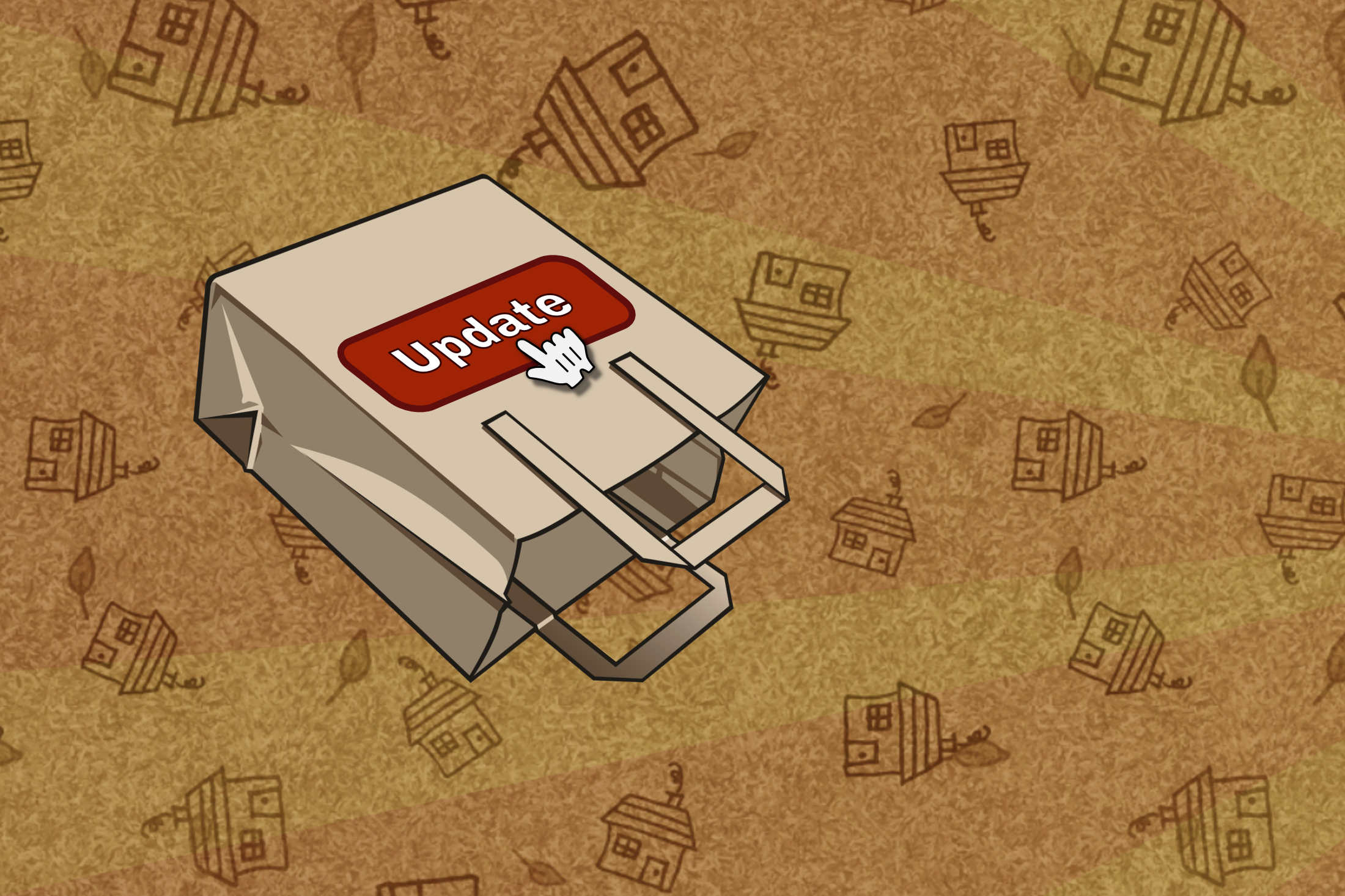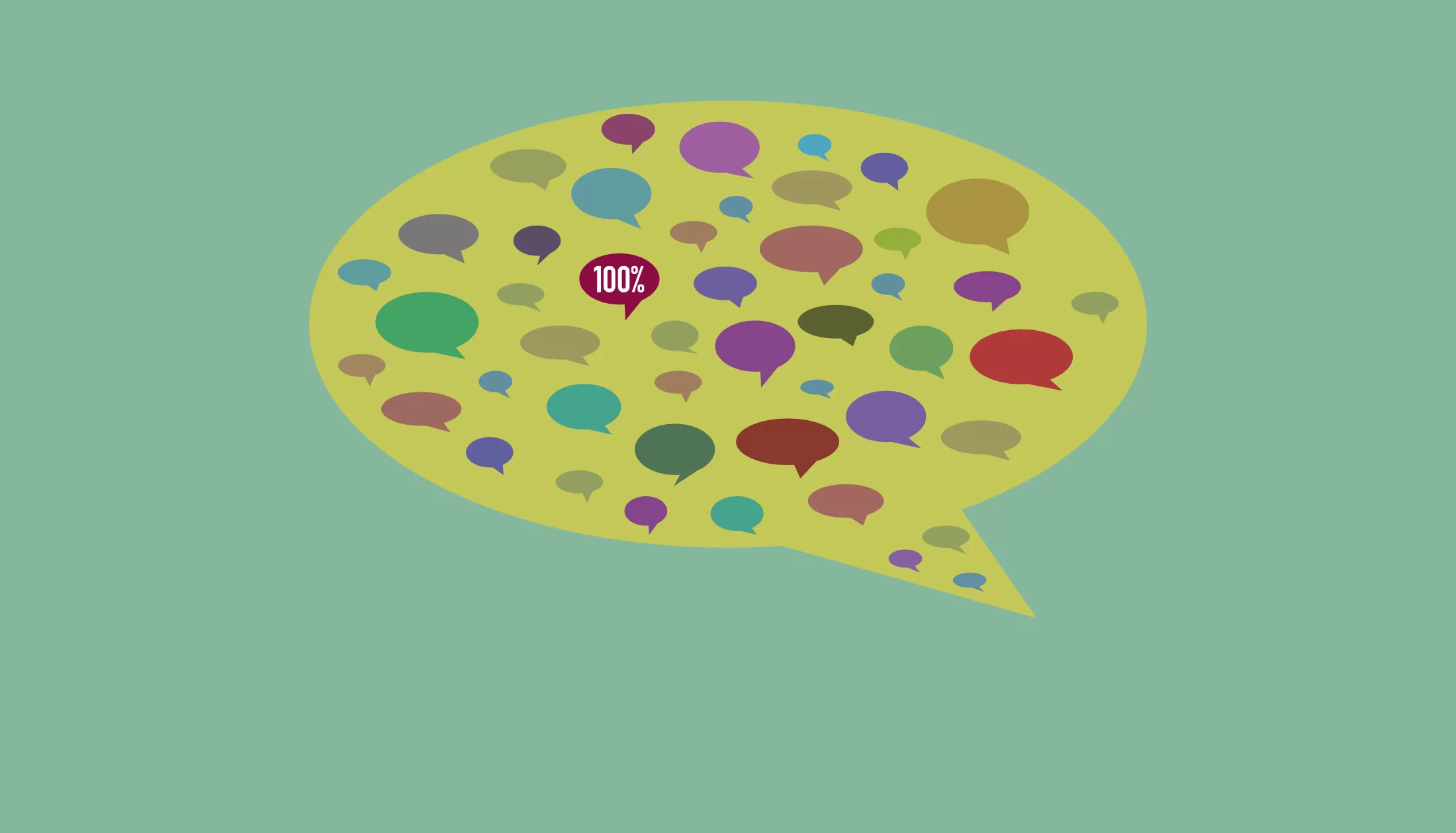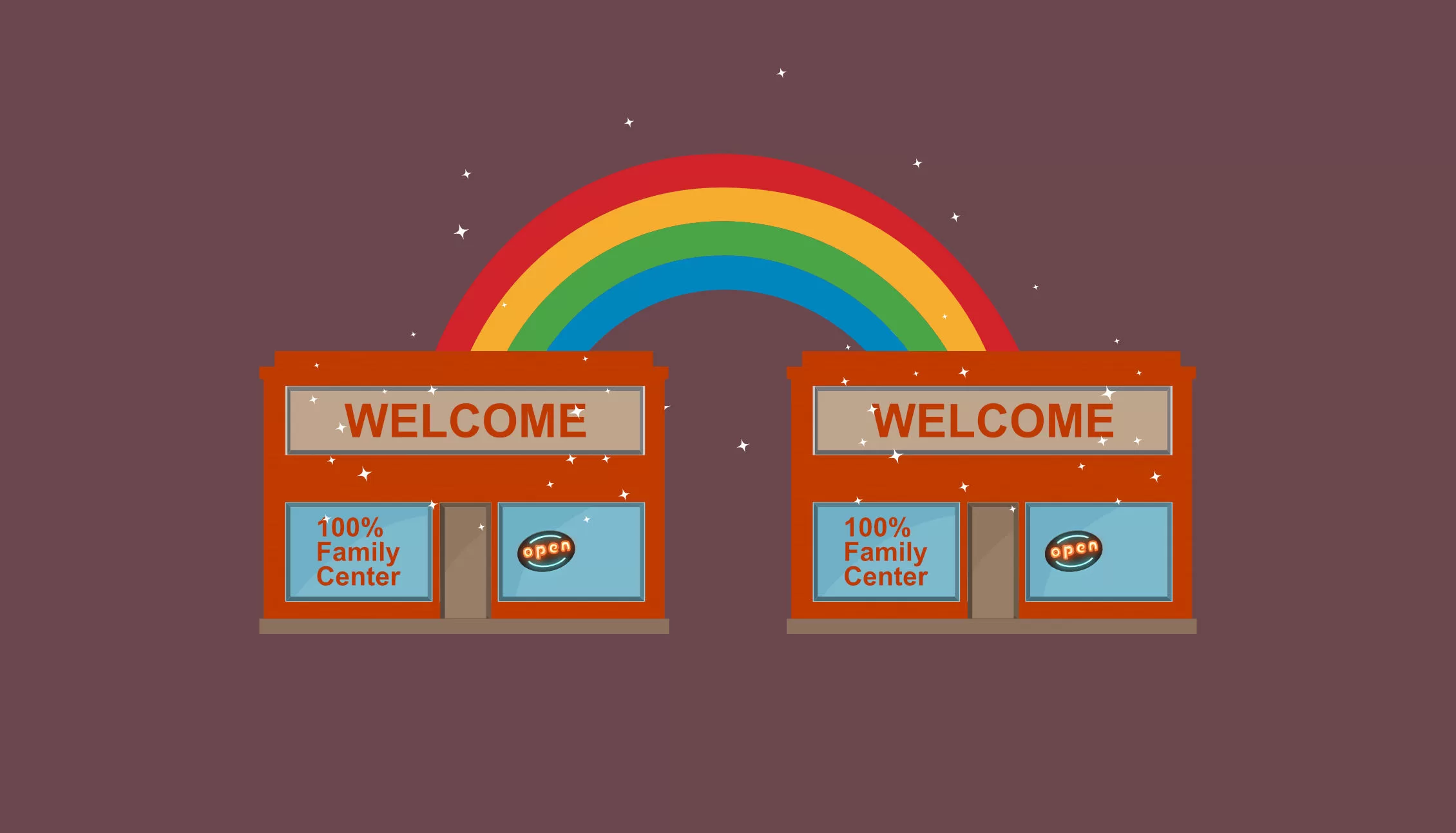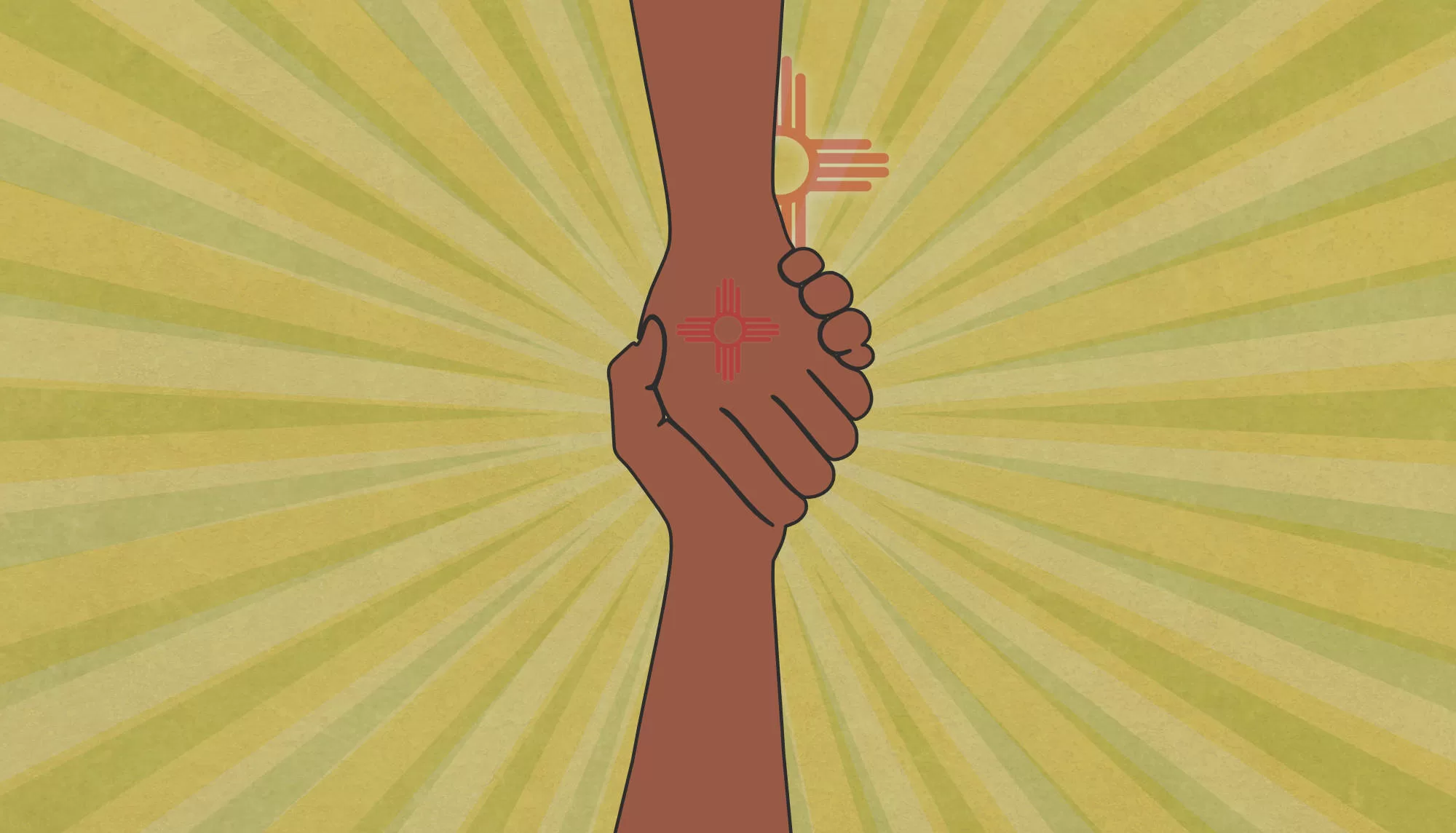If Only Our Communities’ Problems Had an Edit Button
A voice calls up from below. It’s hoarse and powered by a rasping breath, but I can’t make out the words. I look over my laptop and it’s the skinny man from the steps. He’s standing directly below me and pulling at the shoulder of his shirt.
It’s a work from home day. It’s warm, so I’m working on my laptop from my small apartment’s balcony which sits one floor above the sidewalk and overlooks a busy street. The single family homes behind us belong to people who rarely have to check their bank accounts to make sure they can cover their bills. I feel lucky to be here. It’s safe, we can afford the rent, and my child can walk to a decent school. The people passing by on foot not twenty feet from my laptop are a mix of neighbors with the leisure time to walk their dog at three in the afternoon, abuelas escorting grandchildren home from the local grade school, and, occasionally, the occupants of the tents and barely-functioning cars that line the dirt road next to the dry riverbed.
This afternoon’s task is editing blog posts like this one. With school letting out, the road is chaotic and the passing trucks are deafening, but I’m deep in concentration. An unusual motion catches my eye. A skinny man in filthy jeans and a stained t-shirt is trying to sit on the steps that lead up to my building’s front door. His movements are slow and erratic. He practically falls onto the steps but slows his collapse with his elbows. He puts his head back and tries to relax but one of the apartments is being fixed or remodeled and the workmen disturb him every few minutes.
He gives up and shuffles past, beneath my balcony. He has a face like burnt leather and the body of a skeleton, but his black curly hair is devoid of gray. The front steps of the apartment building next door are more peaceful. He finally gets a rest.
Blog post number one is done. It’s now a little less imperfect than when I began. My head is full of explanations of the ten vital services for surviving and thriving. For our 100% New Mexico initiative description, I have the short version, the long version, the version for lawmakers, and the version for community members laid out and revised in the docs in front of me. The variations all say the same thing: we are rolling out a plan that will make a difference.
A voice calls up from below. It’s hoarse and powered by a rasping breath, but I can’t make out the words. I look over my laptop and it’s the skinny man from the steps. He’s standing directly below me and pulling at the shoulder of his shirt. I call down that I can’t hear him over the traffic and he tries harder to be heard. He’s asking if I have a spare t-shirt. Of all the things that a human could need: food, shelter, physical and mental health care, a sense of belonging, or even love, what he needed most at that moment was a new t-shirt, something I had a dozen of.
I looked down at the words in front of me I had just worked on.
I told him not to go away and disappeared into my apartment. He got the shirt he needed and more.
If only we could fix the problems in our communities as easily as we fix the sentences we use to describe them. But if our problems were easily solved, they would have been solved already. 100% New Mexico isn’t a simple fix. It takes work, commitment, resources, and time. This afternoon, it also took a t-shirt.
Mission: The 100% New Mexico initiative is dedicated to ensuring that 100% of families can access ten vital services crucial for their overall health, resilience, and success. This university-sponsored endeavor necessitates the local implementation of evidence-based strategies encompassing both community and school-based service hubs, aiming to prevent the most pressing and costly public health and safety challenges, including adverse social determinants of health and adverse childhood experiences.
Don’t miss a blog post! Get notified!
The 100% New Mexico initiative is a program of the Anna, Age Eight Institute at New Mexico State University, College of Agricultural, Consumer and Environmental Sciences, Cooperative Extension Service. Contact: annaageeight@nmsu.edu or visit annaageeight.nmsu.edu to learn more.




